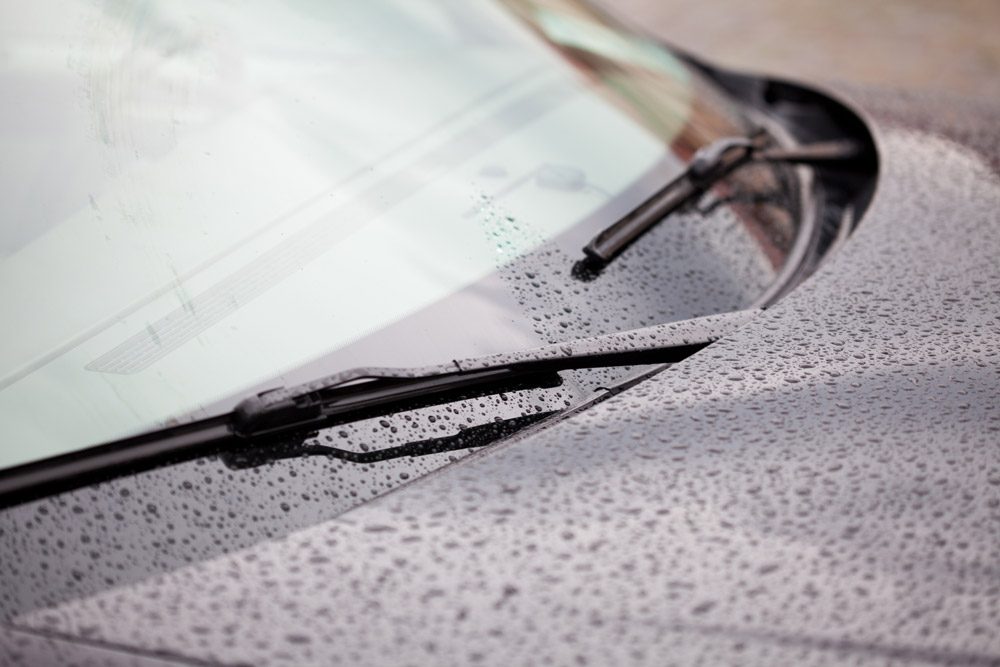 Car owners have had a deep appreciation for auto glass ever since the 1920s when vehicles started including this feature
Car owners have had a deep appreciation for auto glass ever since the 1920s when vehicles started including this feature
Photo: Goran Horvat via Pixabay
It’s easy to take auto glass for granted, but car owners didn’t always have this safety feature. Here’s a brief overview of how car windshields were invented and how auto glass has evolved to its present-day state.
Safer Travels: Learn more about Chevy OnStar

Photo: simpleinsomnia via CC
In the early 1900s, horseless carriages typically didn’t have any protective layer to shield passengers from inclement weather and road debris. The first windshield appeared in 1904, and consisted of two sheets of window-pane glass. These early windshields were prone to shattering upon impact, however, which posed a risk to passengers.
French artist and chemist Edouard Benedictus gets the credit for inventing the first laminated glass prototype. He actually discovered it accidentally when one of his cellulose-coated beakers broke in the lab but kept its shape.
Other individuals tweaked this prototype to improve its strength and cost-effectiveness. In the 1930s, Carleton Ellis patented a resin laminate. Automakers started adding a thin layer of polyvinyl butyral (PVB) in between two layers of glass during this decade. This laminate glass was stronger while also protecting passengers from UV rays and minimizing road noise.
It’s worth noting that the 1930s is also the time that automakers started incorporating tempered glass on models, particularly on the side and back windows. Many vehicles today still use this type of glass for these surfaces, as a safety precaution in case passengers need to break through to escape if the vehicle is submerged in water.

Windshield designs reached modern strength levels starting around 1970. This is the year the U.S. government established the National Highway Traffic Safety Administration, in response to Ralph Nader and other activists’ efforts lobbying for federal safety standards.
The NHTSA brought about quite a few modern-day safety standards that modern car windshields have to adhere to, including these three Federal Motor Vehicle Safety Standards: FMVSS 205, 212, and 219. The first two standards have to do with auto glass transparency and resiliency as well as windshield retention strength during a collision. The third standard declares that, in the event of a crash, no part of the vehicle can penetrate the windshield more than 6 millimeters.
See how far auto glass technology has progressed in the 21st century when you learn more about SPD glass. Then satisfy your curiosity about how window tinting works, from a scientific standpoint.
Convenient Service: Schedule a maintenance appointment for your car here
Whitney Russell resides in Dayton, though her spirit can be found beach-bumming in Puerto Rico (the land of her half-Puerto Rican heritage). When not crafting car-related content, she can be found chasing after the most amazing toddler in the world, watching her “beaver” of a husband build amazing woodworking projects, hanging out with two crazy dogs, and visiting family and friends. She also enjoys traveling, crafting, and binge-watching period dramas when time allows. See more articles by Whitney.




